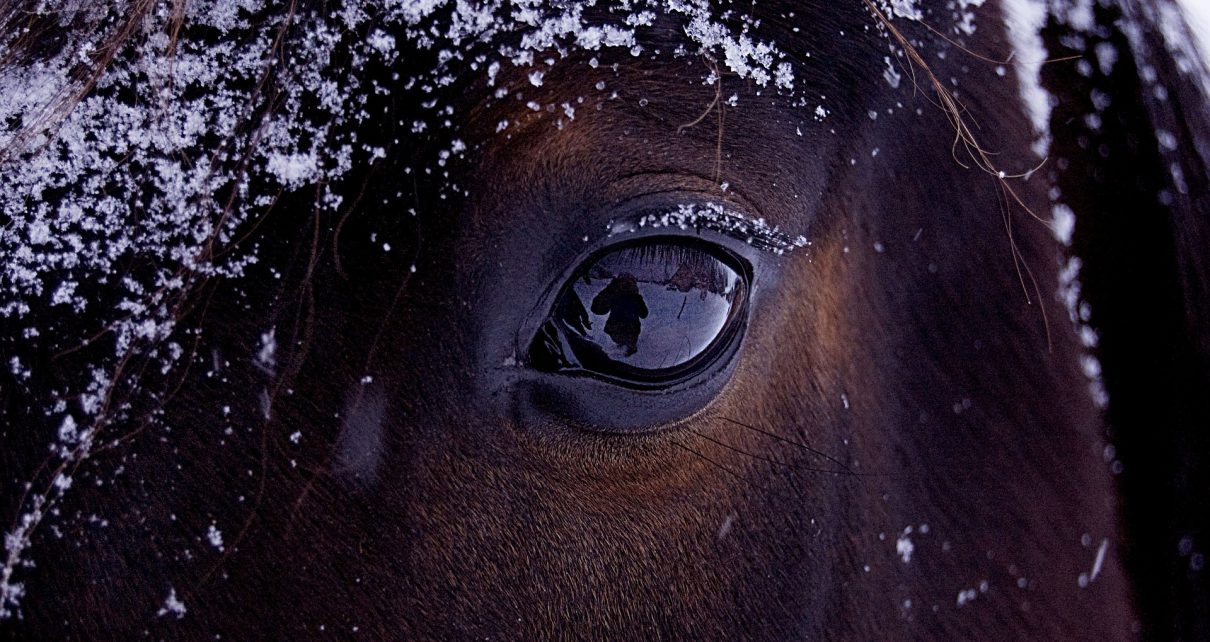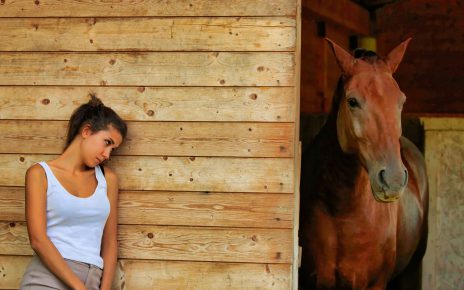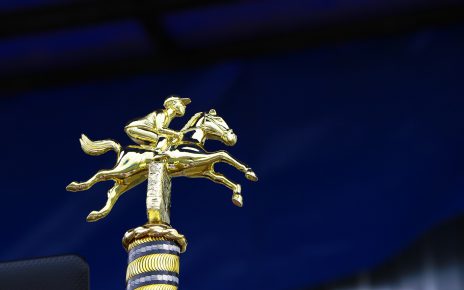While growing up, a lot of us likely heard how most of the farm animals, including horses, see the world in black and white. Yet, at the same time, we either heard or saw first-hand many contradictions to these claims.
Throughout scientific experiments, it was proven that horses are far from being color blind. It is true though that horses’ perception of the world is different from ours. They have what is known as equine vision, which has its strengths and weaknesses and should be taken into consideration during the training.
Perception of Color
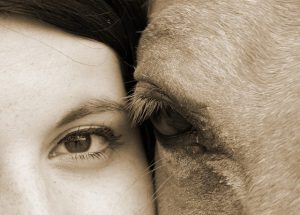
All mammals share the same color-sensing process, as we all have two types of photoreceptors, rods, and cones. The rods help us see in the dark, or in a low light environment, whereas the cones help us see color. In reality, mammals have different eyeball structure, which is the main reason behind the different perception of the surroundings. Just like sounds that operate on different frequencies, color operates on different wavelengths, and depending on how our cones are grouped, we are capable of discerning these wavelengths.
Equine Vision Color Processing
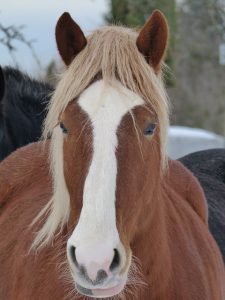
The cones in the human eye are grouped into three different classes, whereas horses have only two types of cones, and therefore their vision is more limited. It is speculated that horses perceive the world the same as the people with red-green color blindness. This means that there are some colors that horses see as gray, and there are also colors that they can’t tell from one another.
Finally, just like humans, if you stimulate all color cones at the same time, the perception of color is lost. For example, a horse can tell the color blue from the color yellow but when presented with both of them at the same time, they will see it as white or gray. The same happens with our perception if we were to mix the color purple (blue+red) with the color green (blue + yellow).
Color Awareness in Horses
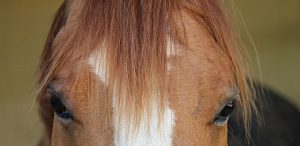
Horses can tell the difference between red and gray, it’s just impossible for us to ascertain how exactly they perceive the red color. Red is assumed to be perceived as an earthly or brownish color with faint hues of yellow and blue. As mentioned, they easily differentiate between blue and yellow, however, in the low light environment the ability to tell them apart is diminished by approximately 50%.
Color perception is not an essential survival tool for horses, as both foraging and reproduction do not depend on it. However, the ability to tell some colors apart is definitely a boon for horses that live as prey animals. Since the sky provides a blue background, they can easily spot an approaching predatory threat during the day.

